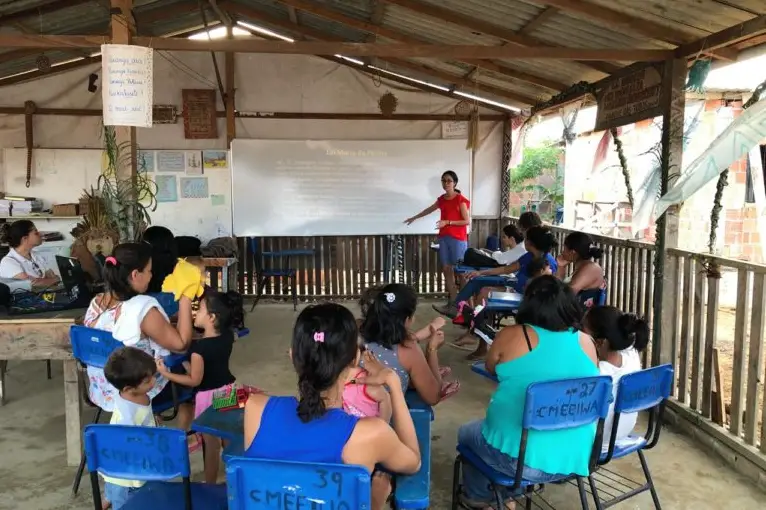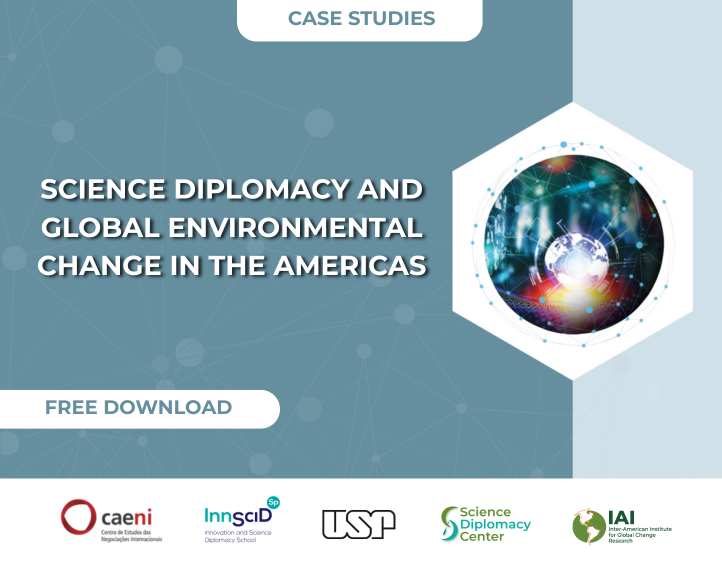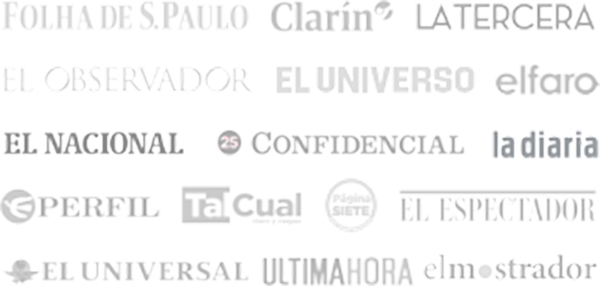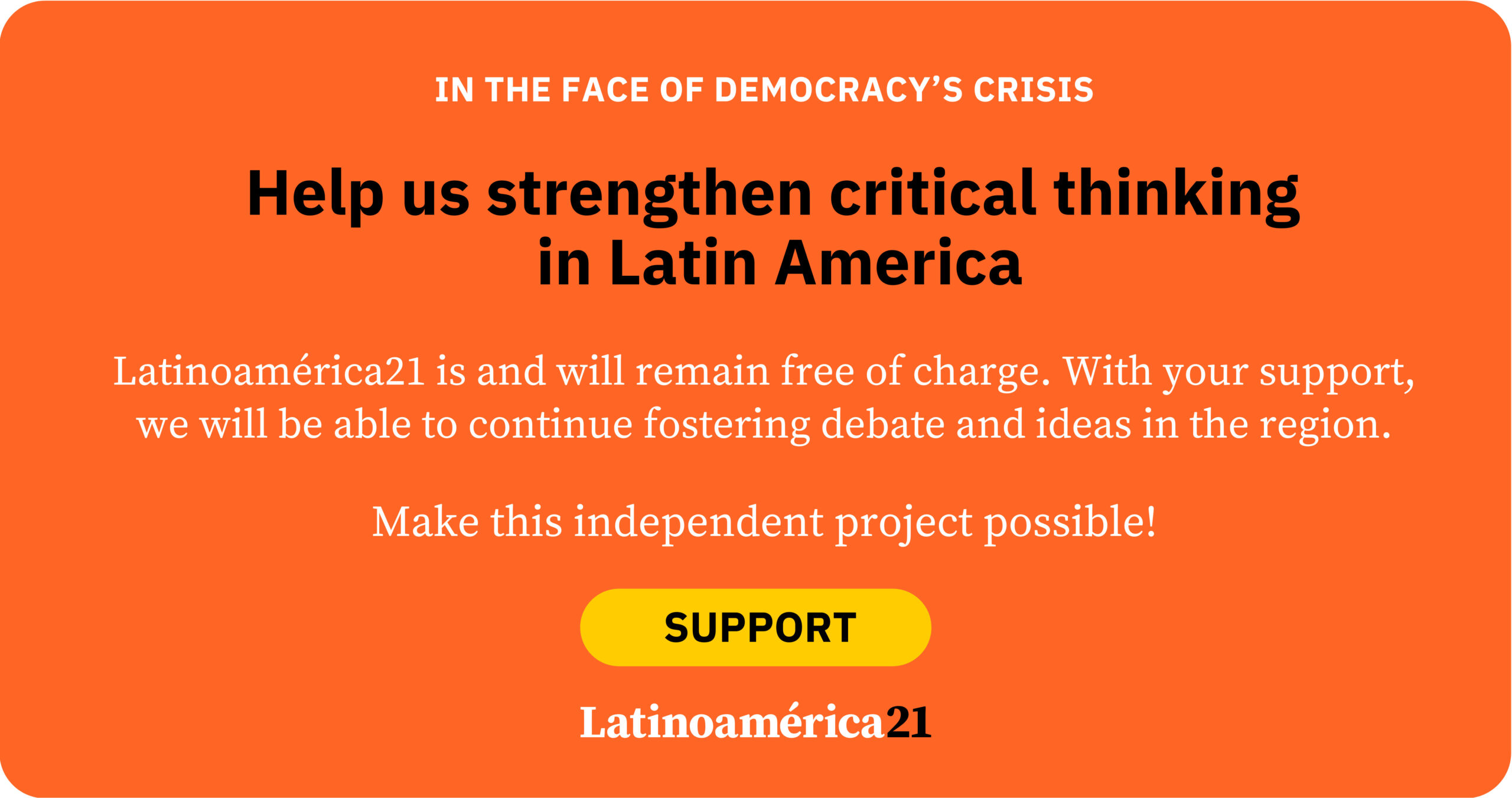Can the law serve as a tool to halt ecological collapse? Can it shape professionals who defend life—not just in courtrooms, but in communities? In the midst of a climate crisis and deep territorial inequality, Latin America is developing an alternative model: Environmental Law Clinics.
This model starts from a powerful premise: law cannot be taught in the abstract, confined to the classroom. When faced with complex challenges like extractivism, forced displacement, or ecosystem pollution, we need professionals who can listen, understand, and act alongside affected communities.
Environmental Law Clinics are pedagogical spaces where law is taught from the ground up—within territories, alongside local actors, with a sense of public ethics and a transformative mission. They aim to train lawyers committed to sustainability, climate justice, and human rights.
Cases that make a difference
The work of these clinics is not theoretical—they’ve already delivered tangible results in several countries. In La Libertad, Peru, for example, a water leak on private land unexpectedly gave rise to an artificial wetland. Although it lacked formal recognition, the ecosystem attracted migratory and endangered species. Faced with a real estate project that aimed to destroy it, the Environmental Law Clinic of the Pontifical Catholic University of Peru (PUCP) prepared a key report for the Environmental Prosecutor’s Office. The case halted the development, upheld the principle of non-regression, and affirmed that the law can protect biodiversity—even on private property.
In Loreto, also in Peru, an amicus curiae brief (a legal opinion submitted by third parties in a court case) was presented in a landmark lawsuit involving climate change and Indigenous children. Drafted by students from PUCP and Canada’S McGill University, the brief showed how the climate crisis undermines fundamental rights like health and a clean environment. The case marked a milestone for intergenerational justice and the legal recognition of climate change’s disproportionate impacts on children.
In 2023, the regional network of clinics submitted a report to the Inter-American Court of Human Rights as part of its Advisory Opinion on the climate emergency and human rights. The document—written by students from multiple countries—was explicitly cited in the Court’s final decision. Footnote 1033 referenced testimony from students at Mexico’s Berta Cáceres Environmental Law Clinic about the mental health impacts of ecological collapse. It was a way of saying: law is also written from lived experience, from anguish, and from hope.
A pedagogy for a planet in crisis
What truly sets these clinics apart is their commitment to “learning by doing.” Students draft legal reports, support strategic litigation, write amicus curiae, advise communities, and engage in regulatory processes. All of this is done with a threefold approach:
First, they train jurists with a focus on sustainability and climate justice. It’s not enough to know the law—you must understand its impacts and limitations, integrate human rights, and commit to today’s challenges.
Second, they reduce barriers to environmental justice by supporting local processes, spotlighting conflicts, and translating the law into a tool for action.
And third, they build alliances—with prosecutors, judges, communities, governments, and organizations across the Global South and North. Because environmental problems cross borders—and so must the solutions.
Toward a global network for environmental justice
These are not isolated efforts. They are the foundation of a growing network that today includes more than 20 universities across Latin America and the Caribbean, united under the Alliance of Environmental Law Clinics. Founded in 2019, the network shares methodologies, coordinates legal cases, and builds localized knowledge. Since 2022, it has also partnered with EPIC-N (Educational Partnerships for Innovation in Communities), a global network that promotes structured collaboration between universities and local communities. Both the legal clinic model and the EPIC approach share core values: experiential learning, participatory planning, and a commitment to social transformation.
This synergy helps project the Latin American model into a vibrant global network for climate justice. Because today, more than ever, we must scale up these spaces, strengthen partnerships, and build bridges between the local and the global.
Law for the 21st century
Against the traditional model of a detached, technical lawyer confined to the letter of the law, these clinics propose a different way of practicing: grounded in active listening, respect for local knowledge, and a commitment to society’s most vulnerable.
This is not just about training lawyers—it’s about building a civic-minded legal culture ready to meet the challenges of the 21st century. One capable of using the law not as a barrier, but as a bridge. Not as a trench, but as a tool for change.
Every new clinic, every partnership forged, every student trained through this methodology brings us closer to a more just, inclusive, and sustainable future. Because when practiced with purpose, law can be one of the most powerful tools to change the world.
*Machine translation, proofread by Ricardo Aceves.













